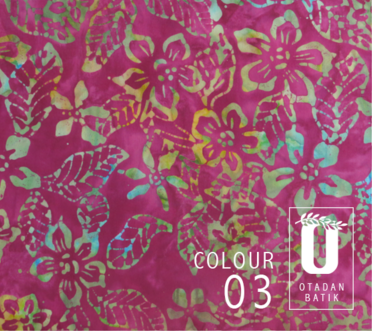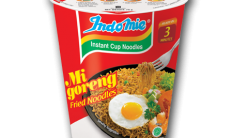By Marge C. Enriquez
Philippine Daily Inquirer
FELICIDAD Nadres evolved from a market vendor and a salesgirl at the now defunct Aguinaldo’s department store into an entrepreneur of EN Barong, which retails barongs exclusively at SM Kultura. and recently a publisher of the definitive book “Garment of Honor, Garment of Identity.”
A 90-year-old woman from Aklan, Nadres is the only surviving weaver who works on the antique four-pedal loom. She built her own home from producing fabrics.
From Feb. 1-3 at the National Museum, the 2nd Asean Traditional Textiles Symposium will discuss how these indigenous materials and artisan skills can be preserved and be commercially viable. Delegates from 11 Asean nations will tackle issues on how their textile traditions can be made relevant in the 21st century.
“Textiles are evocative of your material culture. Humanity is embedded in textiles—the weaving, motifs, response to the environment and status indicators. Many social interactions have been made through textiles. Since textiles are the basis of our garments, they establish our identity,” says Corazon Alvina, president of the National Museum and co-chair of the symposium.
She adds that traditional textiles are difficult to preserve since raw materials are getting scarcer due to environmental degradation and globalization. To keep the traditional textile production going, demand has to be created through information, marketing and promotions.
Traditional function
“People should be made aware of the traditional function of fabrics,” says Alvina, citing motifs which reveal the culture.
For instance, the crocodile is often symbolized as an evil power, or a metaphor for a person who is sly and deceitful. However, in Mindanao cultures, the crocodile represents an ancestral spirit. When worn close to the body, it is believed to provide powers similar to an amulet.
The malong uses abstract motifs instead of realistic representations out of respect for the natural world. Similarly, Malaysian batik motifs are made under the influence of Islam, which finds it improper to depict animals.
On the other hand, Indonesian batik, an amalgamation of Hindu, Islam, Chinese and Western cultures, is vibrant with geometric figures, nature and animal shapes.
Alvina says Filipinos would have more respect if they understand the original context of the fabrics. A common blunder is the downgrading of Ifugao ceremonial death blankets into mere decorative wall tapestry or tablecloth.
“If you study the textiles, the range of human activity is infinite. The best way for people to know more about them is through this conference. Experts will make comparative studies where we can learn about our links with other cultures,” says Alvina.
Seng Spharith, president of Khmer Arts and Crafts Association, will discuss the production and sustainability of silk textiles in Cambodia.
Laida Lim will talk about introducing piña to provide livelihood in Palawan, while Donald Rubinstein of the University of Guam will discuss problems in sustaining traditional textiles on Fais Island, Guam.
Alvina says the Philippines has its own challenges in preserving tradition. In Mindanao, weavers have had to flee flying bullets, as the Muslim-Christian conflicts disrupt production. Also, local weavers are using commercial dyes instead of natural dyes due to their scarcity.
Another reason traditional textiles are not considered mainstream is that Filipinos consider native garments as costumes for special or thematic occasions, unlike in India and Indonesia where the sari and batik, respectively, are worn by people from all walks of life as part of their daily attire.
Bazaar, fashion show
A bazaar and a fashion show aim to put these fabrics in modern and commercial contexts. Organized by Cedie Vargas, the bazaar offers a vast range of indigenous materials from the Philippines and Indonesia.
Artisans such as Yola Johnson of Soumak will produce a special line just for the conference.
Mita Rufino, president of the Museum Foundation of the Philippines and organizer of the fashion show, has commissioned weavers from Aklan and Aurora to make special fabrics such as abaca-linen, Philippine dupioni, piña-silk, silk-abaca and pure piña.
Designers Lulu Tan-Gan, Patrice Ramos Diaz, Cary Santiago and Rhett Eala will adapt these fabrics to contemporary fashion.
Maribel Ongpin, conference co-chair, points out that the world has admired the piña fabric, which only the Philippines produces. However, despite such interest, there is a lack of research on providing sources and suppliers to potential international buyers.
“The textile industry is the pillar of the economy,” she says. “If we can give more opportunities to the rural economy, people will have a higher standard of living. We are in the loop with our textiles. They are part of our identity and culture, and, hopefully, also of our future.”





